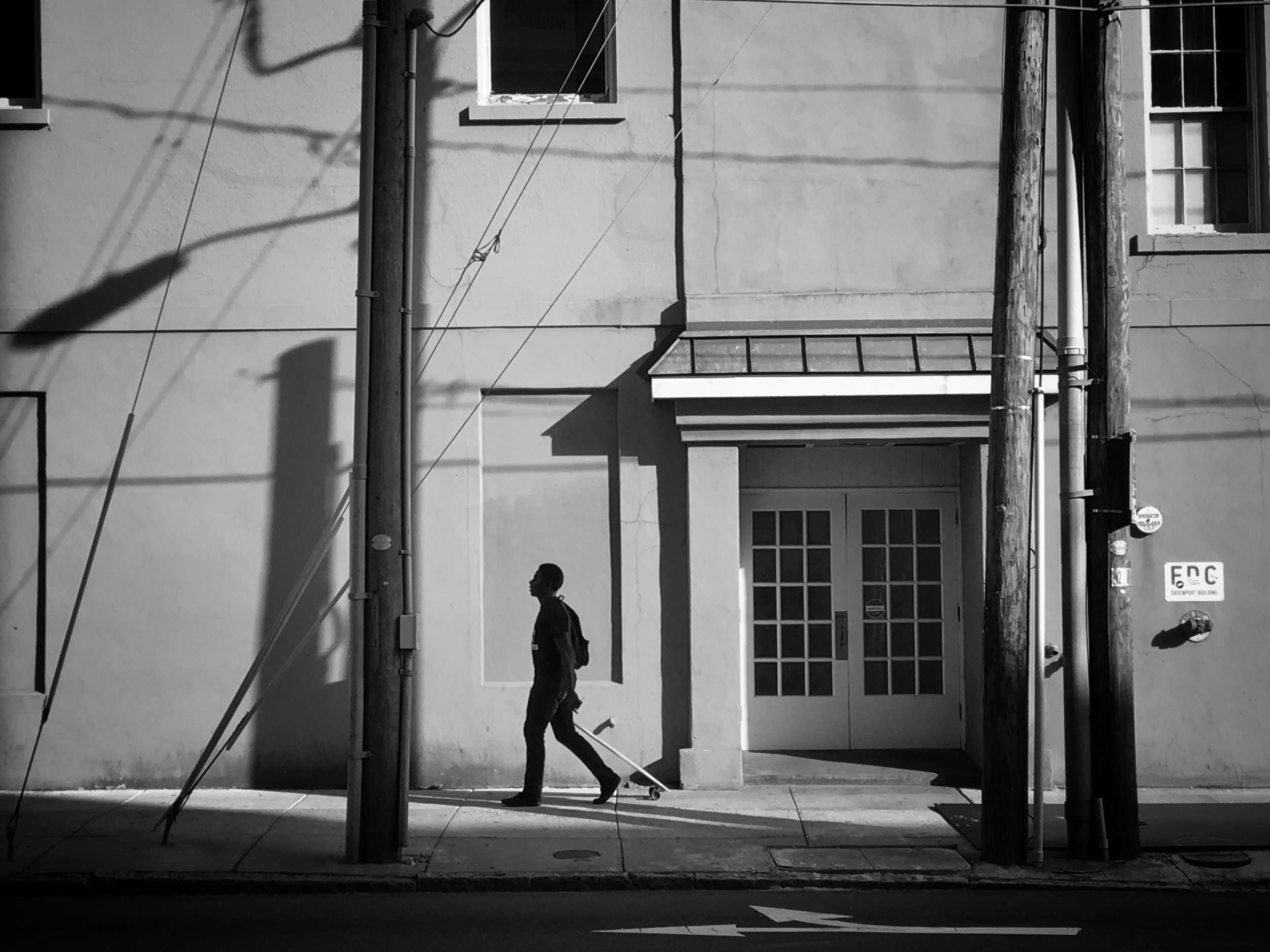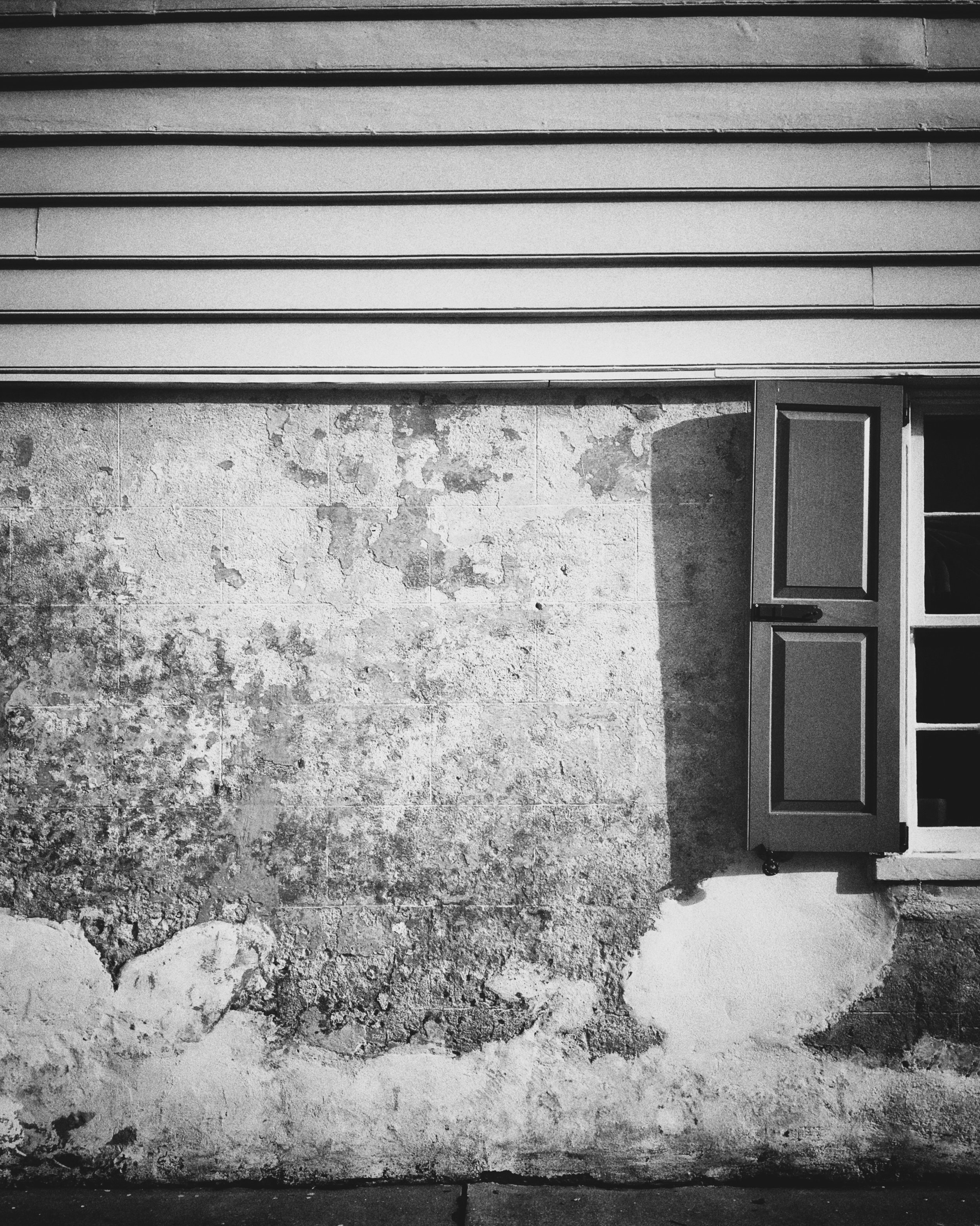On a spooky Halloween night going deep into the vault and bringing treats back out into the light…
In thinking about Halloween and spooky things, one of the first things that comes to mind (after candy!) are the horror movies we watched as kids, and one of the best of all, The Phantom of the Opera. My favorite parts were the scenes of the Phantom playing the organ. I thought that was really cool.
One of the great joys of the time I was still living and working in Buffalo was the opportunity to photograph Shea’s Performing Arts Center, the crown jewel of the theatre district. For several years, prior to leaving, I photographed events, musicals and the occasional concert. I met and photographed many of the stars that came through with touring Broadway musicals.
I also photographed the restoration of the theatre and the stage expansion. The stage expansion allowed the larger touring shows to move in. The first show after the completion of the expansion was The Phantom of the Opera.
Shea’s Lobby
The image above is of the theatre lobby and grand staircase. My first time attending a musical was while in middle school. As a school trip we attended a matinee performance of 1776. I didn’t even know what a musical was, but my parents insisted I go. I still remember sitting in the middle of the theatre before the show, staring up at the ceiling and being overwhelmed by how opulent it was. I grew up in Riverside. I had never seen anything like this.
I may dig a little deeper into the archives and bring up some of the interior shots at another time, but this one will have to suffice for now.
Also apropos to the Halloween theme, are many people who believe the theatre is haunted. There are those who claim to have seen the ghost of Michael Shea wandering the hallways reminding people how “magnificent” it is.
I cannot prove or disprove the veracity of those claims to having seen him. But I can say with certainty, he is absolutely correct in his opinion of the theatre. It is truly magnificent.



